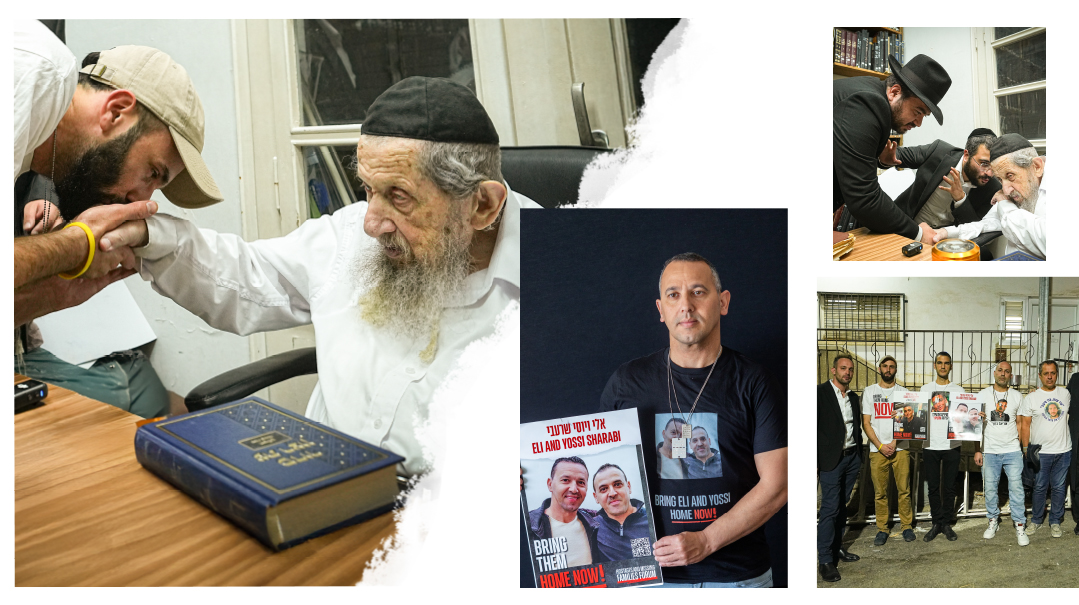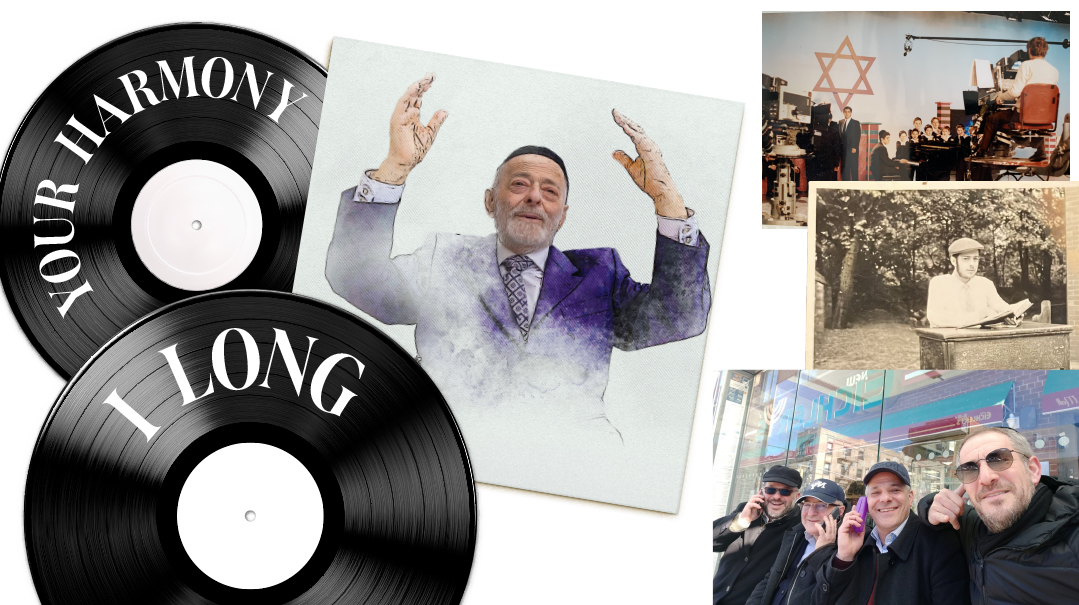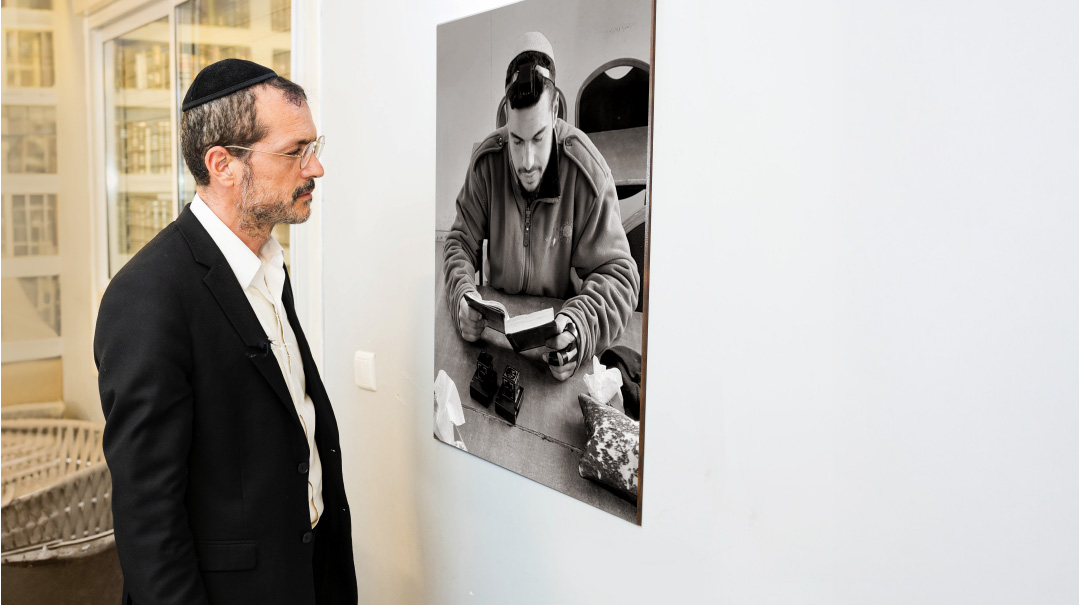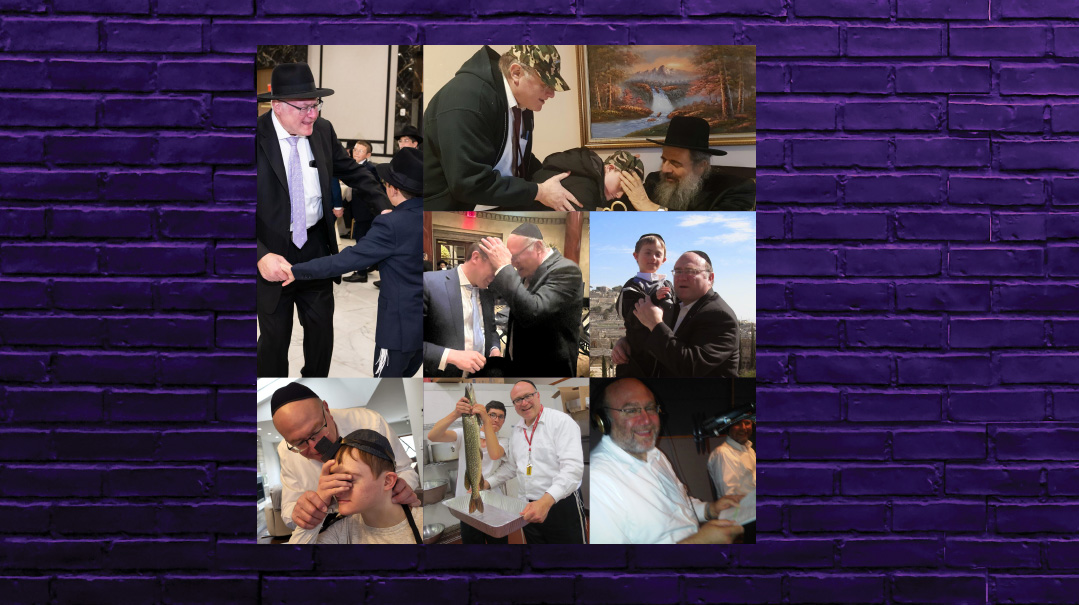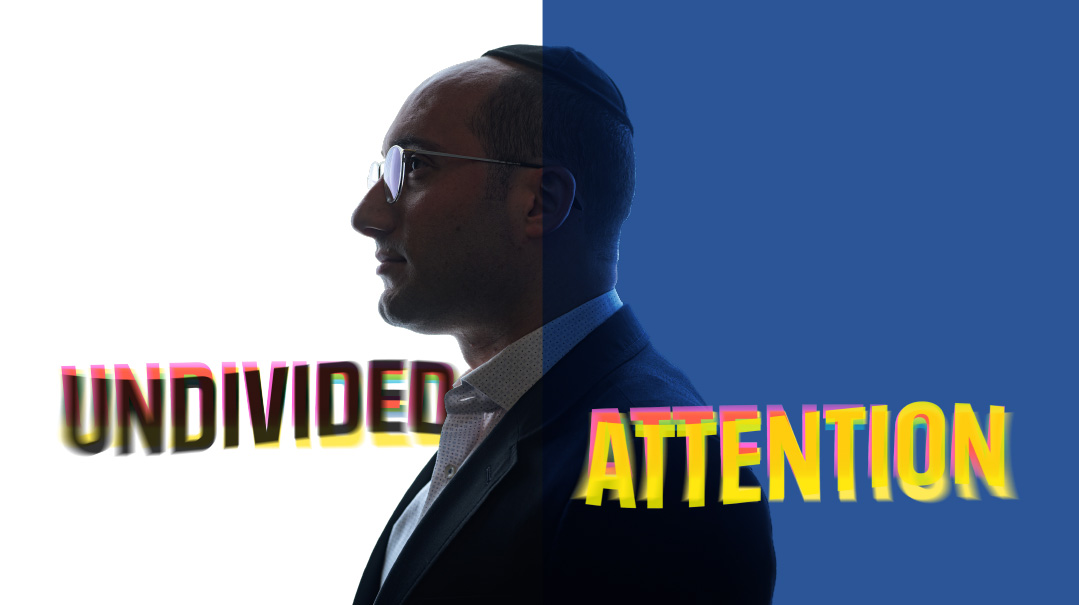Every Page Counts


(Photos: Yossi Goldberger, Menachem Weinreb)
Moshe R., a Flatbush insurance professional, was preparing Shabbos after his wife had given birth. “Things were proceeding smoothly, until I reached for the ringing phone and instead, absentmindedly grabbed a sharp knife, cutting my hand deep enough to require five stitches. As the blood oozed forth all over the kitchen, I did my best to wrap the wound, and then whisked my toddler out the door for an Erev Shabbos visit to a local urgent care doctor.
“Pulling up at his office, I got out of the car and just as I was about to slam the door, my usually shy three-year-old let out a shout, pointing at the front seat, ‘Gemara!’ ”
His daughter couldn’t yet read Alef-beis, but from the time she was born, she hadn’t seen Abba — who’s been taking Dirshu’s monthly 30-blatt tests for the past six years — go anywhere without a Gemara in hand, squeezing in precious minutes for chazarah wherever he is.
No Barriers
Last month, I spent two days in Stamford, Connecticut, at a Shabbos convention sponsored by the organization, whose mission is serving as an engine of Torah-study worldwide. Founded some two decades ago by Toronto’s Rabbi Dovid Hofstedter, its Kinyan Torah program provides a framework for thousands of men all over the world to learn through Shas while taking tests on their learning at regular intervals. This Shabbos was to mark the completion of a rigorous yearlong study of the complicated laws of Shabbos by participants in the Daf Hayomi B’Halacha program, which uses a daf yomi format and monthly tests to go through Mishnah Berurah.
Over Shabbos, Rav Yitzchok Margareten, menahel of Cleveland’s Yeshiva Derech HaTorah and head of the city’s Dirshu morning kollel for balabatim — whose oldest member of this Dirshu enterprise is a 90-something-year-old gentleman — related in the name of Rav Mattisyahu Salomon that the Chofetz Chaim marked the completion of his monumental six-volume Mishnah Berurah with a six-day celebration, beginning on Sunday. Each day, local talmidei chachamim joined him for a fleishig meal at which they discussed in-depth the topics of that day’s volume. But when Shabbos arrived, the Chofetz Chaim held yet a seventh celebratory meal. When asked to explain, he said, “Shabbos came to me and requested its own special simchah.”
Dirshu is a long-established presence in the frum world, considered among many as the gold standard in communal harbatzas Torah. We’ve all seen its ads and read about its ambitious plans for a major Siyum HaShas celebration next February in Newark’s Prudential Arena. That’s why, when I arrived at the Crowne Plaza that Friday afternoon, I thought I knew what to expect. After all, let’s face it: There are lots of gatherings in the Jewish world nowadays, many of them for good causes, attended by wonderful people doing great things.
So what was the surprise? Of course, the weekend was graced by numerous talmidei chachamim of stature, but what really set this a Shabbos apart was the crowd — an unusually broad cross-section of Jews, with every communal sector, ethnicity, geographic location, and brand of Yiddishkeit and yeshivah background present. The regular barriers of frum subculture, class, and financial status melted away.
How do a Bobover businessman in Boro Park, a Yiddish-challenged programmer from Passaic, and a longtime Lakewood learner find themselves sitting around one table with one unifying ideal? It’s all about Torah. Learning it, mastering it, finding fulfillment through it. It’s the currency, the status symbol, the measuring stick. Nothing else really matters very much.
(Excerpted from Mishpacha, Issue 747)
Oops! We could not locate your form.






